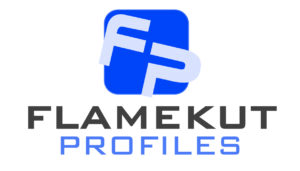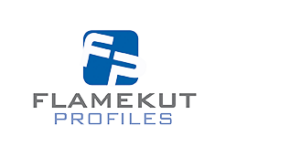What are the two types of flame cutting torch called
In the world of metal fabrication, precision and efficiency are paramount. Among the myriad tools and techniques available, flame cutting torches stand out as stalwarts, capable of transforming raw metal into intricate shapes with unparalleled accuracy. To fully grasp the essence of flame cutting, it’s crucial to understand the heart of the operation—the flame cutting torch. In this exploration, we delve into the world of flame cutting torches, specifically focusing on the two primary types that shape the landscape of metal fabrication—Oxy-Acetylene and Propane-Oxygen.
But, there must come a point where the thickness of material is just too thick for the flame to cut through. At which point is that? In this article we shed light on the subject of the thickness of material that can be flame cut and the differences between them.
Before we dive into the specifics of flame cutting torches, let’s take a moment to appreciate the significance of flame cutting in the realm of metal processing. Flame cutting is a thermal cutting process employed to shape metals by utilising the intense heat generated from a fuel gas flame. The torch is the central component in this process, acting as the catalyst that transforms the raw material into finely crafted pieces, be it for industrial applications or artistic creations.
Oxy-Acetylene Cutting Torches
The Oxy-Acetylene cutting torch is a classic and time-tested tool that has been a cornerstone in metal fabrication for decades. The key components of this torch are oxygen and acetylene gases, which, when mixed in the correct proportion and ignited, produce an incredibly hot flame capable of melting and cutting through ferrous metals.
How It Works:
- Gas Mixture: Oxygen and acetylene are combined in precise proportions within the torch.
- Ignition: The mixture is ignited at the torch tip, creating an intense flame with temperatures reaching up to 6,300 degrees Fahrenheit.
- Metal Melting: The high-temperature flame melts the metal, and a jet of pure oxygen is directed onto the molten metal, blowing away the liquid metal and creating a cut.
Advantages of Oxy-Acetylene Cutting:
- Versatility: Suitable for a wide range of metals, including steel and cast iron.
- Portability: The equipment is relatively compact and portable.
- Affordability: Oxy-Acetylene setups are generally more cost-effective.
Applications: Oxy-Acetylene cutting torches find applications in various industries, from metal fabrication and construction to automotive repair and maintenance.
Propane-Oxygen Cutting Torches
As technology advances, so does the realm of metal cutting. Propane-Oxygen cutting torches represent a modern and efficient approach to flame cutting, offering precision and versatility in metal fabrication.
How It Works:
- Gas Mixture: Propane and oxygen are mixed in the torch, creating a flame with temperatures capable of melting and cutting through metals.
- Clean Cut: The flame produced is cleaner and more controlled than traditional Oxy-Acetylene flames.
- Focused Heat: The precision of the propane-oxygen flame allows for intricate cuts with minimal heat-affected zones.
Advantages of Propane-Oxygen Cutting:
- Cleaner Cut: Propane-Oxygen torches provide a cleaner and more precise cut, minimizing the need for extensive post-cutting treatments.
- Increased Safety: Propane is considered safer than acetylene, reducing the risks associated with gas storage and transportation.
- Lower Environmental Impact: Propane is a cleaner-burning fuel, resulting in a lower environmental impact.
Applications: Propane-Oxygen cutting torches are well-suited for applications that demand precision, such as artistic metalwork, intricate designs, and industries requiring high-quality, finished cuts.
Choosing the Right Torch for the Job
When deciding between Oxy-Acetylene and Propane-Oxygen cutting torches, several factors come into play. The type of metal being cut, the required precision, portability needs, and safety considerations all influence the choice. While Oxy-Acetylene torches offer a versatile and cost-effective solution for general cutting needs, Propane-Oxygen torches shine in applications demanding precision and a cleaner cut.
Conclusion
Flame cutting torches, whether classic Oxy-Acetylene or modern Propane-Oxygen, are the torchbearers of metal fabrication. Their ability to harness the power of fire and transform raw metal into intricate designs is a testament to the ingenuity of human craftsmanship. As technology evolves, so too do the tools we use, and both Oxy-Acetylene and Propane-Oxygen cutting torches stand as pillars in the ever-advancing world of metalworking.
In the skilled hands of a metal fabricator, a flame cutting torch becomes more than a tool; it becomes an instrument of creation, shaping the future of industries and leaving an indelible mark on the artistry of metal. Whether you opt for the classic charm of Oxy-Acetylene or the precision of Propane-Oxygen, the flame cutting torch remains an indispensable companion on the journey of transforming molten metal into works of enduring craftsmanship.

